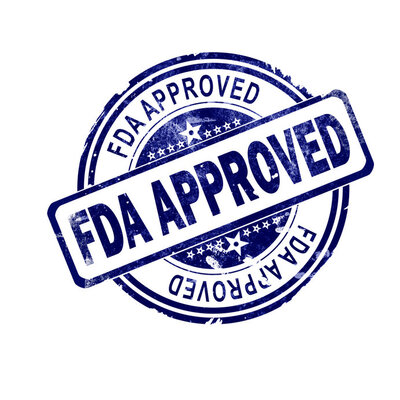
FDA Standard of Identity
What is FDA Standard of Identity?
An FDA Standard of Identity is a collection of US identity statements which define food products that are packaged and marketed. They describe in detail:
- What a food product must contain (i.e. composition)
- How the food product must be proportioned
- How the food product must be manufactured
Depending on the nature of the product, the identifying statement may take the form of a standardized name that has been approved by the FDA, a common or usual name, an appropriately descriptive term, or a ‘‘fanciful’’ name commonly used by the public. For example, products like “milk chocolate”, “bread” and even “ketchup” all have standards of identity.1
Origin
The FDA began establishing food standards of identity to promote honesty and fair dealing in the interest of consumers shortly after the Federal Food, Drug, and Cosmetic Act was enacted in 1938.
The FDA has traditionally promulgated ‘‘standards of identity’’ for certain foods for several decades. These standards provide a description of the food, specify its appropriate name, and identify the ingredients that may be used in the manufacturing process and those that must be included in the final product.
How do standards of identity work?
If a packaged food product is labeled with the standardized name, it must comply with the applicable standard of identity. For example, products labeled “cream cheese” must be composed of a minimum of 33% of milk fat and no more than 55% of moisture. In the case of whole wheat bread, it must be made from 100% whole wheat flour.
If a food product does not fall within a particular ‘‘standard of identity,’’ then it may be labeled using a common or usual name (e.g., apple juice). This name must “accurately identify or describe the basic nature of the food or its characterizing properties or ingredients.”
A product’s common or usual name may also be modified to provide additional information, for example, creating a descriptive name (e.g., artificially sweetened apple juice). Products that lack a common or usual name may be labeled with a fanciful name if the nature of the food is obvious and the name is commonly used by the public for such food. For example, Oreo brand sandwich cookies bear a fanciful name.
Application
FDA standards of identity are codified in 21 CFR Parts 130–169.
FDA regulations for common or usual names and requirements for specific non-standardized foods are codified in 21 CFR Part 102.
Regulations
The FDA’s authority over ingredients extends from the label into the contents of the food, by setting food identity standards. Food identity standards provide some protection to the consumer. If purchasing a labeled whole wheat bread, the consumer is safe to assume that, unless otherwise stated, the contents are as expected and made from whole wheat flour.
References
- U.S. Food and Drug Administration, CFR – Code of Federal Regulations Title 21, Chapter I, Subchapter B – Food for Human Consumption, Part 101 — Food Labeling Subpart A – General Provisions, Sec. 101.3 Identity Labeling of Food in Packaged Form, https://www.accessdata.fda.gov/scripts/cdrh/cfdocs/cfcfr/cfrsearch.cfm?fr=101.3, Accessed 10 October 2021.
- U.S. Food and Drug Administration, CFR – Code of Federal Regulations Title 21, Chapter I, Subchapter B – Food for Human Consumption, Part 136 Bakery Products, https://www.accessdata.fda.gov/scripts/cdrh/cfdocs/cfcfr/CFRSearch.cfm?CFRPart=136&showFR=1, Accessed 10 October 2021.

